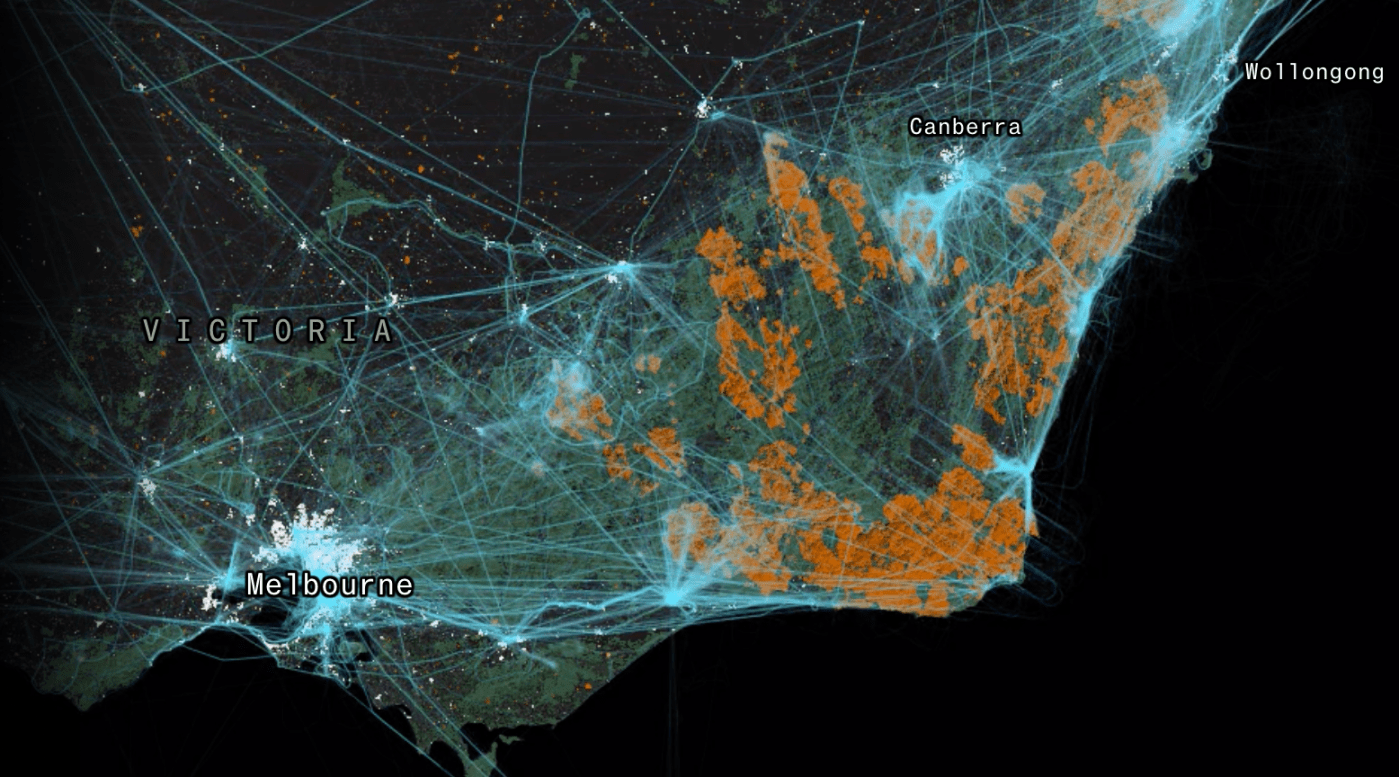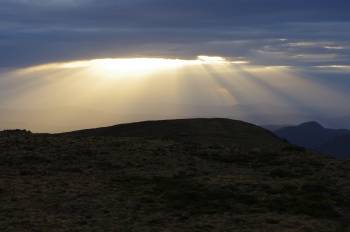Australia just had its hottest, driest year on record, with fires starting in the winter months and burning in some places until early March. Much of the Alps, including the Snowy Mountains, Upper Murray, Eastern Alps and East Gippsland were burnt. Then, as we started to get on top of the worst of the fires, the mountains of the ACT went off, with enormous blazes that devastated the high country of Namadgi National Park.
Thousands of volunteer and career firefighters battled these blazes. As is normal practise, states helped each other out by sending teams and resources. My CFA brigade sent strike teams to NSW and then Mallacoota. By February we were asked to send teams to the ACT fires. We were fighting fires at home too, and we were all bloody glad when the rains came in mid February.
As fire seasons get longer because of climate change, the prospect of fighting local fires and also having to support other states for larger sections of the year is daunting for fire fighters. Helping each other out is second nature to firefighters, and a tradition we will maintain. But longer fire seasons does mean greater impact and time away from home and work for volunteers. It means greater expenditure on career firefighters. It means greater wear and tear on trucks and other equipment if they are being used for more of the year. It is also a problem for those who have to ensure we have adequate air support to be able to fight fires. Because many of the firefighting aircraft are leased, and shared around the world, as fire seasons get longer, there will be ever more demand, and greater cost, to secure the fleet we need.
A recent report in Bloomberg by By Mira Rojanasakul and Hayley Warren highlights the scale of the firefighting effort that happens, and the cost of keeping planes and helicopters on the fireground.
Between July 2019 and February 2020, nearly 40,000 flights by firefighting aircraft were taken over southeast Australia.
The Bloomberg report is a fantastic bit of work. It notes:
“Australia’s National Aerial Firefighting Centre contracts a fleet of 150 firefighting aircraft across all states and territories, which goes up to 500 when including “on call” vehicles. At the beginning of the 2019-20 season, five large air tankers and nine large helicopters were contracted from North America, but as fires worsened in November, two additional tankers were leased. By January, $20 million in additional funding from the Australian government was used to add four more, including a DC-10 Air Tanker flown from Alabama thought to have cost AUD$1 million for the 50 days of its contract”.
The dilemma is that as our fire seasons get longer (potentially going from September to late March), the same thing is happening elsewhere in the world. For instance, parts of the western United States face wildfire seasons more than a month longer than they were 35 years ago, according to a 2015 study by the U.S. Forest Service.
“According to California’s agency responsible for fire protection, Cal Fire, the length of the fire season in the Sierra Mountains has increased by about 75 days. Fifteen of the 20 largest fires in California history have occurred since 2000, and research shows the amount of area burned in the state has increased by a factor of five since the 1970s. In some U.S. states, large fires are occurring well past the traditional summer months of July through September, with some of the largest fires occurring in December. Fires often burn later in California following hot, dry summers, fanned by fall’s warm Santa Ana winds.
“Aircraft are a key tool in fighting these large fires. They’re often the first vehicles on the scene, carry thousands of gallons of fire suppressant and can also refuel more quickly than their ground-based counterparts. Nearly all are repurposed from older vehicles, ranging from ex-passenger jets such as the DC-10 to military helicopters.
“Air tankers operate in conjunction with helicopters and spotter planes that assess the situation and help coordinate fire suppressant drops. Other more agile bombers and Helitak aircraft can pick up water from lakes, reservoirs and the ocean, removing the need to fly long distances back to airports to reload. Australia leased six Erickson Skycrane S-64E’s this season, four of which fought fires in Greece in March 2019.
“State and federal organizations may move toward an ownership model as the unpredictability of fire seasons begins to strain the system—but developing one would be costly. Last May, the New South Wales government became the first in Australia to purchase its own large air tanker, the Boeing 737 Fireliner Marie Bashir, for $26.3 million. Cal Fire—which already owns the largest state fleet, including 23 airtankers, 11 helicopters and 14 air attack aircraft—recently bought seven C-130 water bombers, which should be ready by 2021 once pilots and crew are trained.
“There’s more competition for the tankers than ever before as climate change and land use patterns expose new areas to fire risk. Bolivia contracted the largest firefighting craft in the world—a retrofitted Boeing 747 owned by Global Supertanker—to help combat historic fires in the Amazon last August. Six months earlier, 10 Tanker, a New Mexico-based private aerial firefighting company, sent a DC-10 from California to Chile to fight the country’s forest fires after a state of catastrophe was declared in some regions.
“Almost a third of Australia’s National Aerial Firefighting Centre’s budget goes toward the lease of aircraft, largely needed to cover standing costs of keeping the fleet on call. Prime Minister Scott Morrison announced this year that the $11 million in supplemental payments made in 2018 and 2019 would now be permanent, bringing the annual firefighting budget up to $25 million.”
Here in Australia we had a costly summer, with a massive firefighting effort and huge hit to the economy from the fires. Now we have the COVID-19 pandemic and the need to spend on the stimulus package. State and federal governments are putting off their annual budgets until later in the year. Budgets will be tight. But it seems essential that we invest more in air support for the coming summers. A smart option is to purchase additional aircraft so we are not locked into a market where the price of contract rentals keeps escalating.
























































Leave a comment